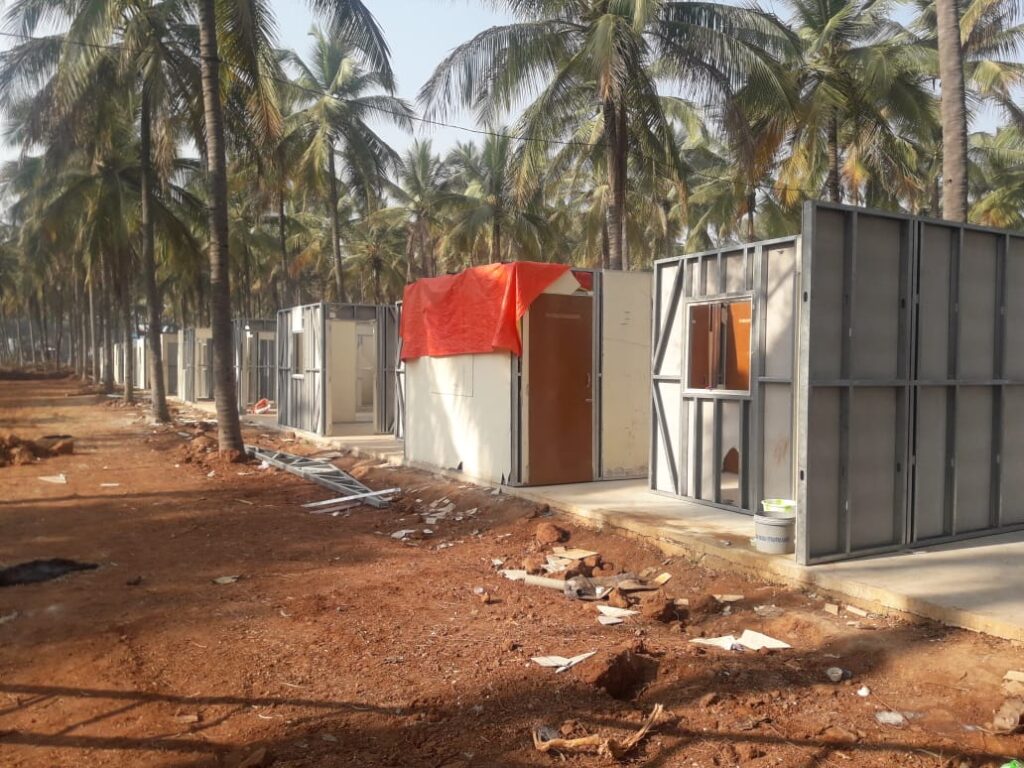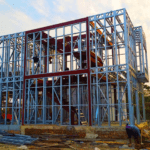The Role of Modular Prefab Construction in High-Rise Buildings

In the ever-evolving landscape of urban development, the demand for taller, more efficient, and sustainable high-rise Prefab buildings is on the rise. As cities expand and populations grow, traditional construction methods are being challenged to meet these demands. Enter modular construction, a game-changing approach that is reshaping the skyline of our cities and revolutionizing the way we build tall structures.
Modular construction involves the prefabrication of building components off-site in a controlled factory environment, where precision and efficiency are paramount. These prefabricated modules are then transported to the construction site and assembled into the final structure, much like assembling pieces of a puzzle. While modular construction has long been associated with low-rise buildings, its potential in high-rise construction is increasingly being recognized and embraced by architects, developers, and builders worldwide.
Speed of Prefab Building
One of the most compelling advantages of modular construction in high-rise buildings is speed. Traditional construction methods for tall buildings often involve lengthy timelines due to the complexity of on-site work and the coordination of various trades. In contrast, modular construction allows for concurrent off-site fabrication and on-site preparation, significantly reducing construction schedules. The assembly of prefabricated modules on-site can be completed in a fraction of the time required for traditional construction, leading to faster project delivery and reduced costs.
Moreover, modular construction offers enhanced quality control and precision. By fabricating building components in a controlled factory environment, manufacturers can ensure consistent quality and precision that may be challenging to achieve with on-site construction. This results in fewer defects, reduced waste, and higher overall quality in the finished product.
Sustainability of Prefab Building
Sustainability is another key benefit of modular construction in high-rise buildings. The controlled environment of a factory allows for efficient use of materials, reduced energy consumption, and minimized environmental impact compared to traditional construction methods. Additionally, modular construction promotes recycling and reuse of materials, further reducing its carbon footprint.
Design flexibility of Prefab building
Design flexibility is also a notable advantage of modular construction in high-rise buildings. Contrary to the misconception that prefabrication limits architectural creativity, modular construction offers architects and designers a wide range of possibilities. Modular components can be customized to meet specific design requirements, allowing for innovative and unique building solutions. From sleek glass facades to intricate geometric structures, modular construction can accommodate a diverse array of architectural styles and aesthetics.
However, challenges remain, including logistical constraints, regulatory hurdles, and the need for specialized expertise. As the industry continues to evolve, addressing these challenges will be crucial to unlocking the full potential of modular construction in high-rise buildings.
In conclusion, modular construction is not just a trend but a transformative force in high-rise building design and construction. With its ability to deliver projects faster, with higher quality, and greater sustainability, modular construction is poised to play an increasingly significant role in shaping the skyscrapers of tomorrow. As cities continue to grow and evolve, modular construction offers a compelling solution to meet the demand for taller, smarter, and more sustainable buildings that define the urban landscape of the future.






















